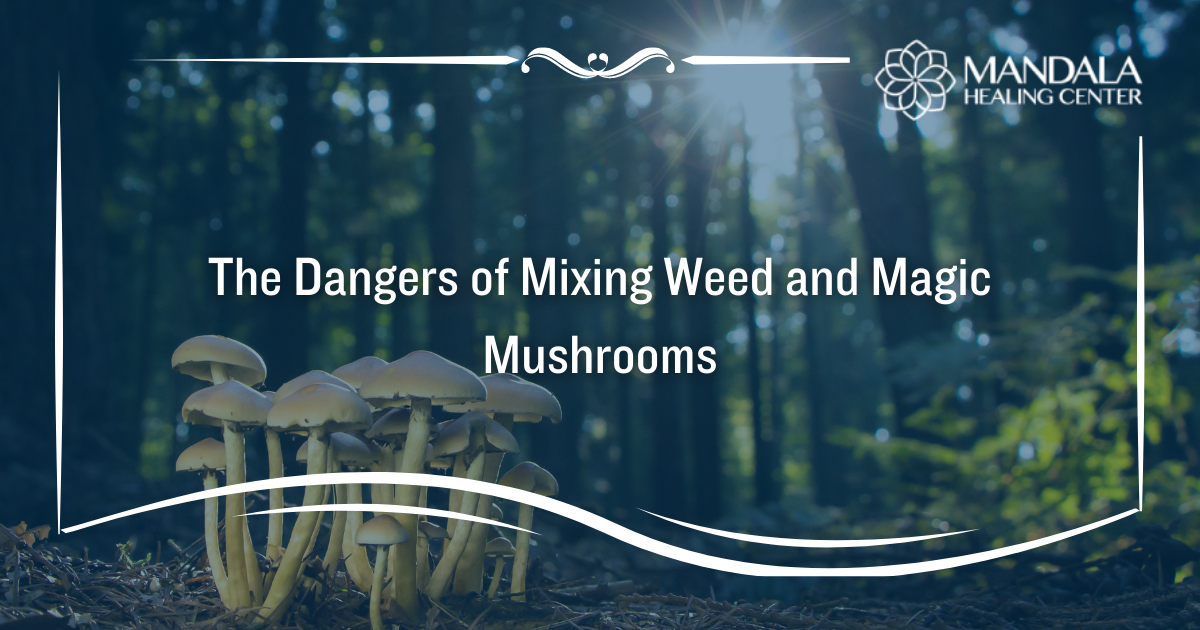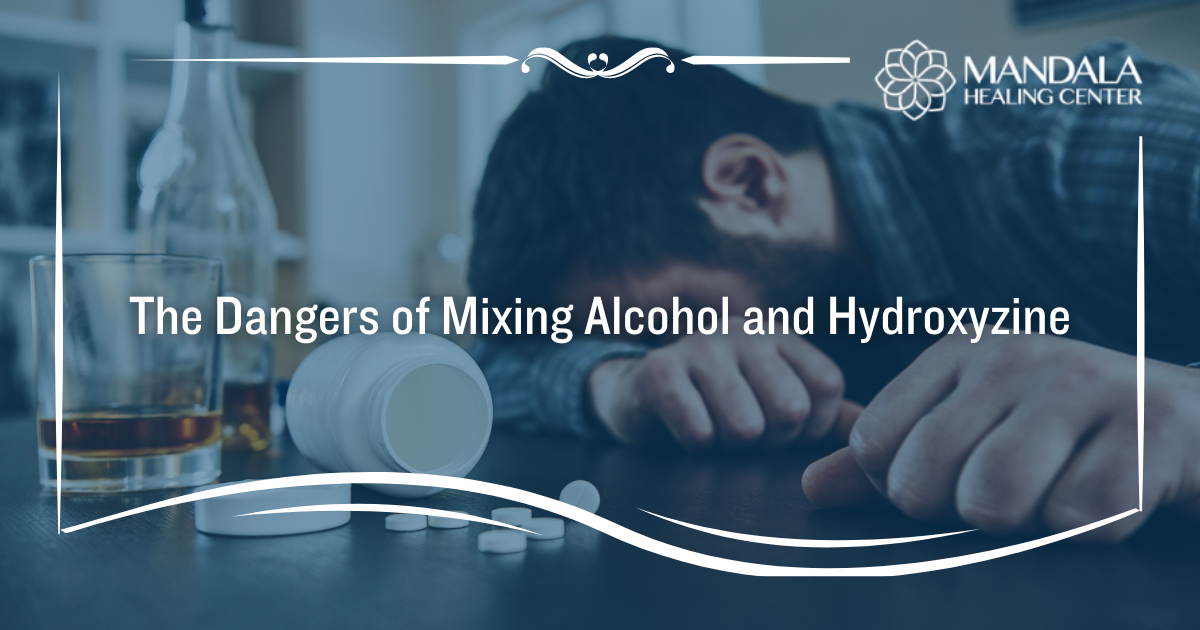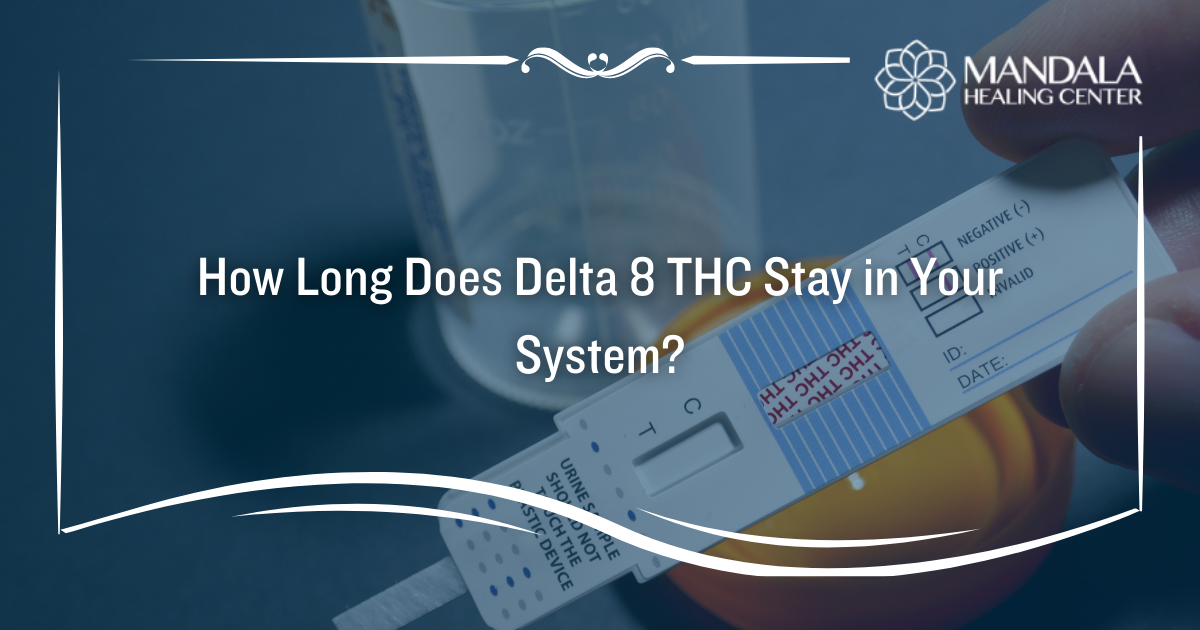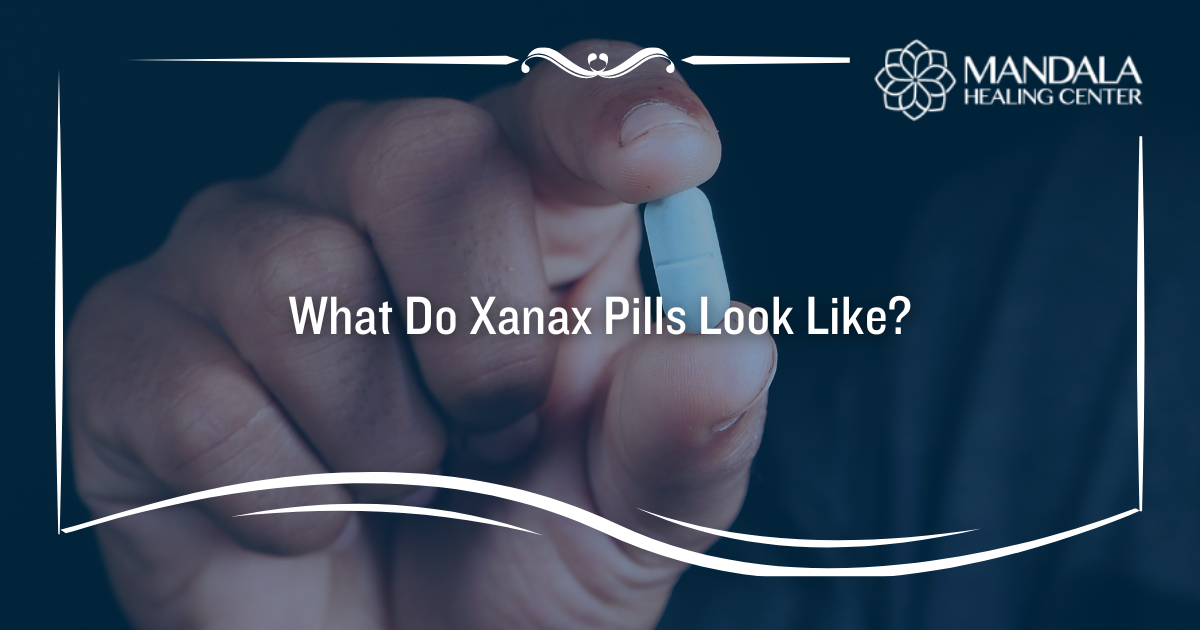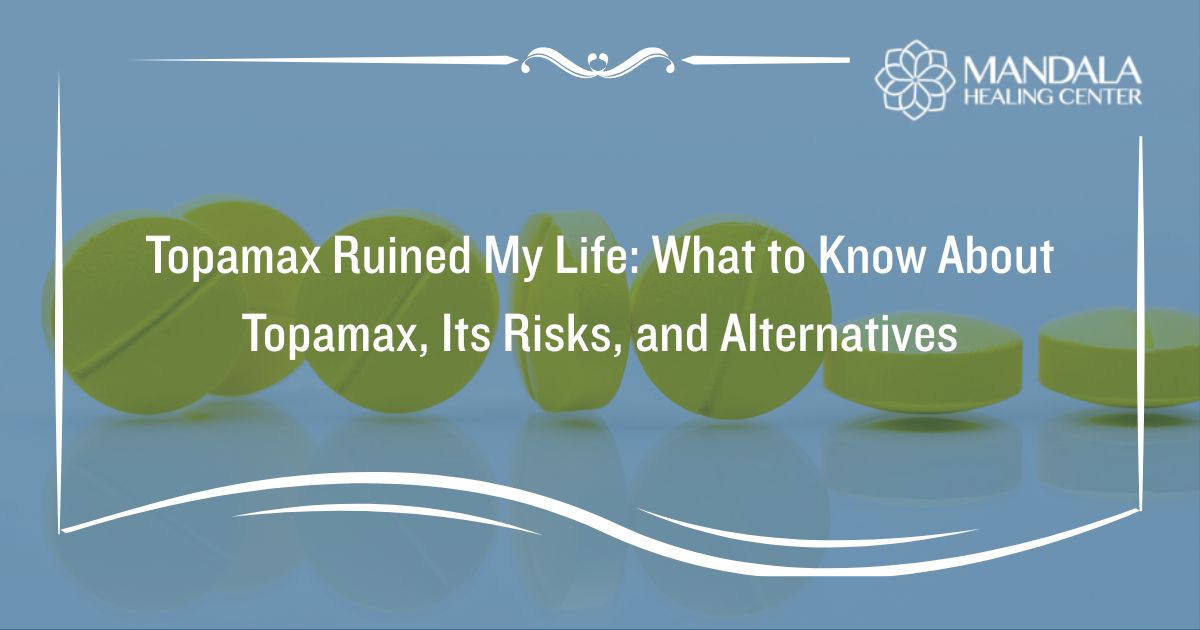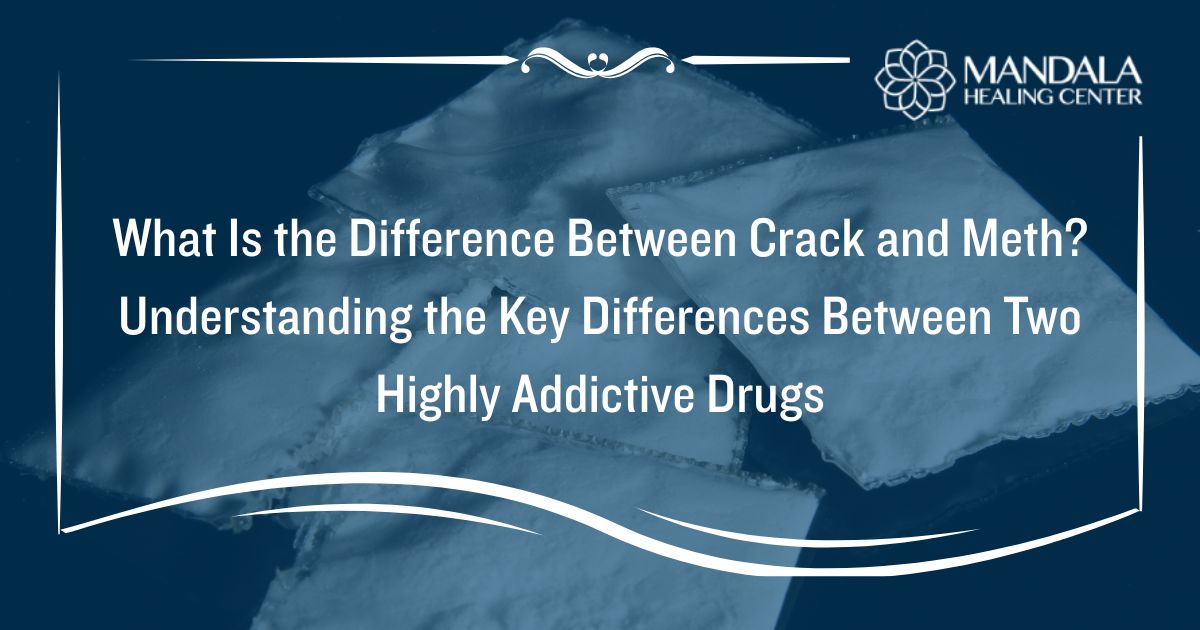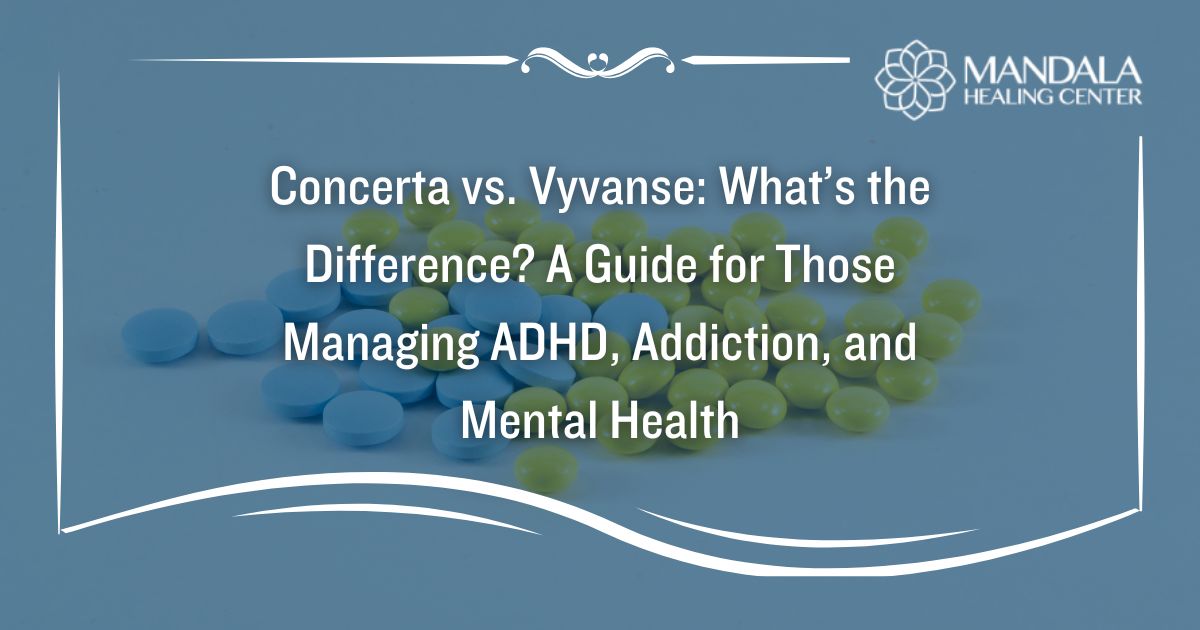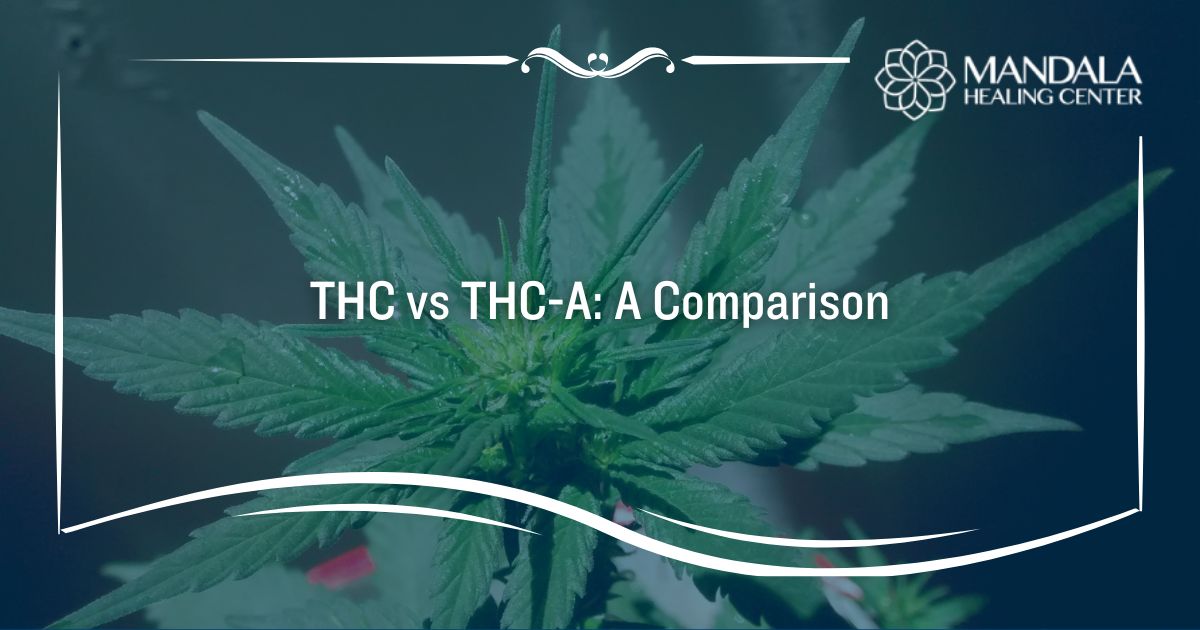Marijuana is a mind-altering plant that can be smoked or consumed to experience effects. The chemical found in cannabis that causes a high is known as tetrahydrocannabinol (THC). If you consume marijuana, you have probably heard of indica and sativa.
Different strains of marijuana tend to cause varying effects. In fact, marijuana is not classified as a depressant or stimulant because different strains can cause different symptoms. Indica and sativa are strains of cannabis that have many differences.
Sativa is generally known for causing a more energizing and creative high. The effects caused by sativa are referred to as a “mind high” and most people use it during the day. On the other hand, indica causes a “body high” and is known to make people sleepy, making it ideal for nighttime smoking.
Both types of weed can cause you to develop an addiction. According to the Centers for Disease Control and Prevention (CDC), “approximately 3 in 10 people who use cannabis have cannabis use disorder.” If you or a loved one suffers from marijuana addiction, the Mandala Healing Center is here to help.
In this article, you will learn:
- What is indica
- What is sativa
- What are the differences between sativa and indica
What is Indica?
Indica strains are a version of weed that is known to cause drowsy and sleepy effects. Some people refer to indica as “in-da-couch” because it can cause you to feel lazy and stuck sitting on your couch. This strain originally comes from dry climates in India, South Africa, and Asia.
The effects of indica weed may include:
- Feelings of relaxation
- Euphoria and calmness
- Drowsiness and sleepiness
- Increased appetite
- Slowed reflexes
- Relaxed muscles and pain relief
Examples of specific indica strains include Afghan Kush, Skywalker OG, Purple Sunset, Northern Lights, and more. It is possible to find hybrid strains, where indica and sativa plants are mixed. If you find an indica dominant hybrid, you can expect to experience most of the specific effects of indica weed.
What is Sativa?
Sativa is a weed strain known for causing more stimulating effects. Many say that the high you experience from sativa is more focused on the mind than the body. You might feel uplifted, creative, or energized when you consume sativa.
Sativa comes from the cannabis plant and is known to grow in tropical climates, like Mexico, Columbia, or Vietnam. It has more THC than CBD, which means the psychoactive effects may be more potent.
The effects of sativa may include:
- Euphoria and elation
- Increased energy
- Feelings of creativity
- Faster thoughts or increased focus
- Reduced anxiety
The three main types of cannabis include indica, sativa, and hybrids. If you find a Sativa-dominant hybrid, you can expect to experience effects similar to a sativa strain. However, you might notice a bit more of a body high due to the indica half of the hybrid.
Indica vs Sativa: Understanding the Differences
While both indica and sativa produce mind-altering effects, there are some stark differences between the substances. It is important to note that abusing either form of weed can lead to addiction if you are not consuming it for medicinal use.
The main differences between sativa and indica include:
Plant Specs
Sativa plants tend to be taller and slimmer than indica plants. They also have long and thin leaves. On the other hand, indica plants are shorter, bushier, and wider.
Additionally, sativa grows in humid or tropical environments. Indica plants thrive in a dry environment.
Effects
Sativa is associated with more stimulating and energizing effects. You might feel creative or more focused when you consume it. Some people report experiencing anxiety when they use sativa because of how stimulating it is.
In contrast, indica is known to cause drowsiness, sleepiness, and a more depressant effect. You might feel locked into the couch or stuck lying down in your bed. It is best to use indica at nighttime, as it can help with insomnia.
THC and CBD Content
Sativa is known to have a high THC content and lower amounts of cannabidiol (CBD). Indica strains tend to have a 1:1 THC and CBD content. Because CBD is usually the aspect of marijuana that causes medicinal benefits, indica might be better for treating things like chronic pain.
Medicinal Uses
Indica and sativa are both used medicinally, however, they are better at treating different conditions. For example, indica is best for managing migraines, various types of chronic pain, appetite issues, and insomnia. Sativa is used for treating nausea, glaucoma, and mental health conditions like post-traumatic stress disorder (PTSD).
Cannabinoids and Terpenes
Sativa and indica strains often have different terpenes. While terpenes do not directly cause a high, they can influence the effects you experience. They are also the cause of the aroma the weed fives off.
Sativa strains tend to be high in a terpene called Limonene. It often smells citrusy and is known to be a bit more stimulating than other terpenes.
On the other hand, indica tends to be filled with a terpene called Myrcene. It is highly sedative and often smells earthy, fruity, and similar to cloves.
Find Help for Marijuana Abuse and Addiction
If you or a loved one suffers from weed addiction, it’s time to seek help. Cannabis use disorders can worsen mental health conditions like anxiety, depression, or bipolar disorder. Receiving addiction treatment will help you overcome your addiction and learn how to manage your mental health better.
At the Mandala Healing Center, we use an individualized and evidence-based approach to addiction treatment. In other words, we ensure that you will receive all of the tools and support you need to achieve long-term sobriety from cannabis.
Contact us today for more information on our weed addiction treatment center.
References:
- The Centers for Disease Control and Prevention (CDC): Cannabis Facts and Stats
- National Institute of Health (NIH): The Cannabis sativa Versus Cannabis indica Debate: An Interview with Ethan Russo, MD
- Science Direct: Cannabis Sativa Subsp. Indica
- Springer Nature Link: Cannabis sativa and Cannabis indica versus “Sativa” and “Indica”
- NIH: Cannabis sativa research trends, challenges, and new-age perspectives
- The University of Arizona Health Sciences: Terpenes in Cannabis, Explained



